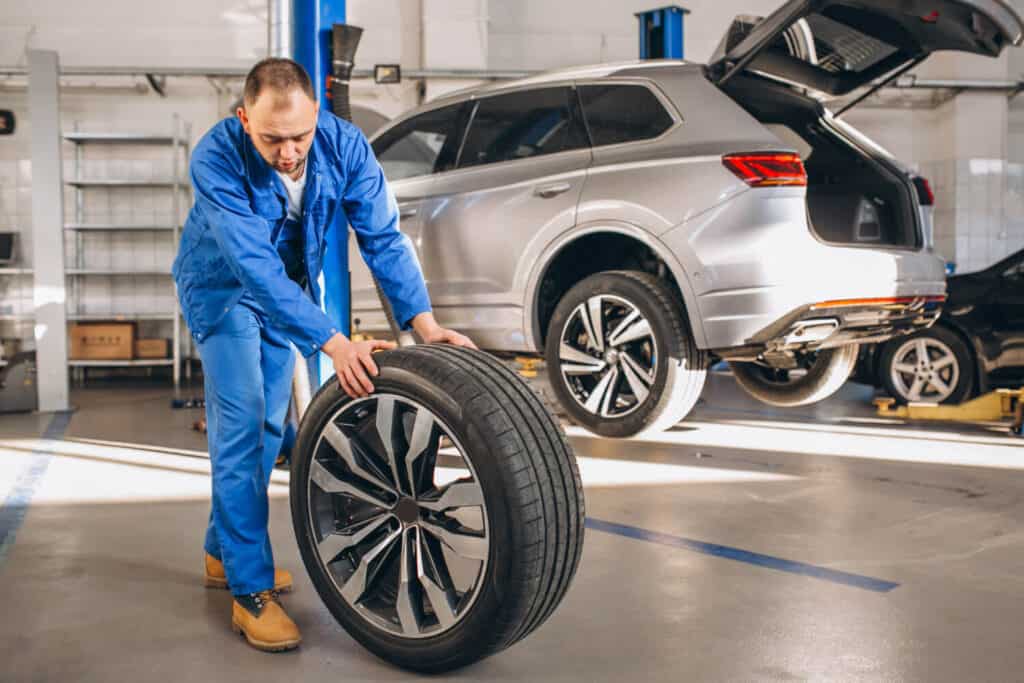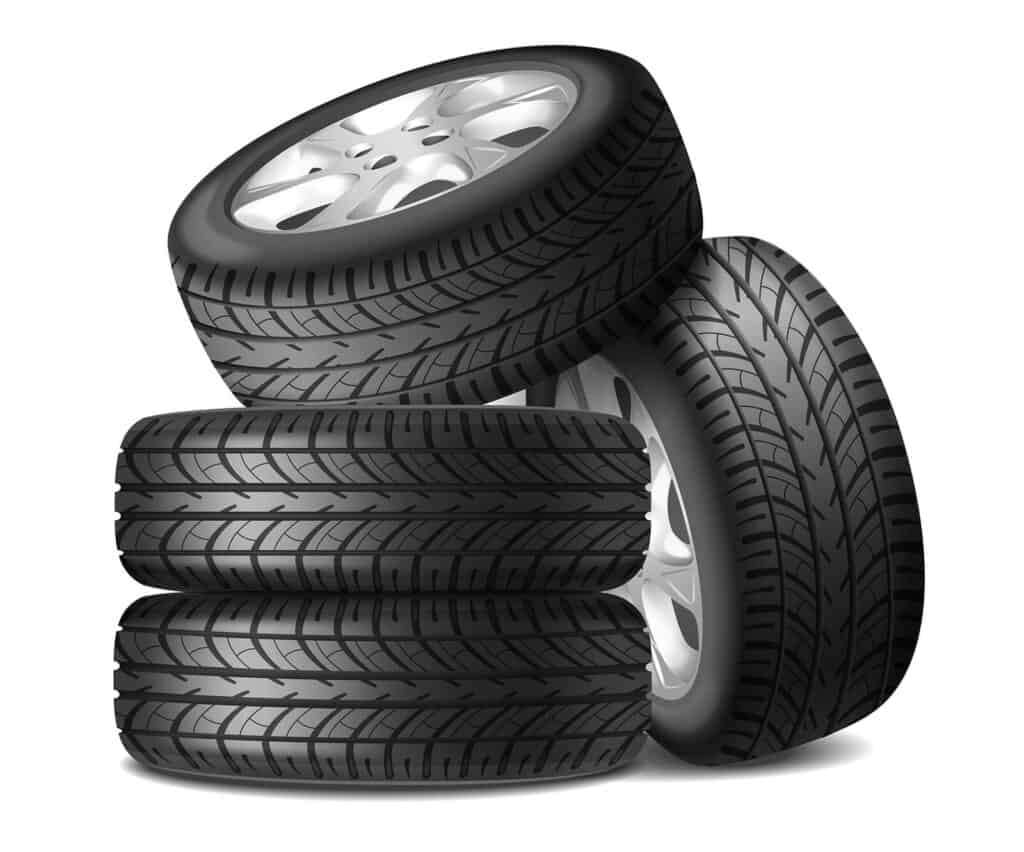Are you wondering whether you should replace all four tires at once, or if you can get away with just replacing two? It’s a common question that many drivers face when it’s time to replace their tires. The answer is not always straightforward and depends on various factors. In this article, we will explore the pros and cons of replacing all four tires at the same time and when it’s okay to replace only two.
Understanding Tire Wear: Why Do Tires Need Replacing?
Tires wear out over time, which can cause a loss of traction, especially on wet or slippery surfaces. As tires age, the rubber becomes harder and less pliable, leading to decreased handling and braking performance. It’s essential to monitor your tire’s wear and replace them when necessary to ensure your safety on the road.

The Importance of Tire Matching: Why Same Tires Are Ideal
When it comes to replacing tires, matching them is ideal. All four tires should be the same brand, model, size, and tread pattern. Matching tires can ensure optimal traction, handling, and stability. If the tires are not matched, it can result in uneven tire wear and cause your car to handle poorly, which can be dangerous.
When It’s Okay to Replace Only Two Tires: Factors to Consider
If your tires are in good condition and you only need to replace one or two tires, it’s essential to consider some factors. It’s okay to replace only two tires if the other two are in good condition and have a decent amount of tread remaining. However, it’s crucial to match the new tires with the existing ones as closely as possible to ensure proper handling, braking, and traction.
The Dangers of Uneven Tire Wear: Risks of Driving with Mismatched Tires
If your tires have uneven wear, it can cause the car to pull to one side and make it challenging to steer or brake. Mismatched tires can also cause unnecessary wear and tear on the car’s suspension and steering components, leading to costly repairs down the road. Driving with unevenly worn or mismatched tires can also compromise your safety on the road, especially in wet or slippery conditions.
Cost Considerations: Replacing All Four Tires vs. Only Two
The cost of replacing all four tires at once can be a significant expense. Still, it’s worth it to ensure your safety on the road and avoid any potential long-term problems. Replacing only two tires may be cheaper upfront, but it can lead to more expenses in the future, such as costly repairs and replacements due to uneven wear.
Maintenance Tips for Longer Tire Life: How to Get the Most Out of Your Tires
To prolong the life of your tires and ensure optimal performance, it’s crucial to maintain them correctly. Some tips include regular tire rotations, proper tire inflation, and avoiding overloading the car. You should also avoid harsh driving, such as quick acceleration and hard braking, as it can cause premature wear and tear on your tires.

When to Consult a Professional: Seeking Advice on Tire Replacement
If you’re not sure whether you should replace all four tires or only two, it’s best to consult with a professional. A qualified mechanic can examine your tires and advise you on the best course of action based on your car’s specific make and model. They can also help you choose the right tires that fit your budget and driving habits.
Conclusion
In conclusion, when it’s time to replace your tires, it’s essential to consider the pros and cons of replacing all four tires at the same time versus only two. Replacing all four tires may be costly upfront, but it can save you money in the long run and ensure your safety on the road. It’s important to maintain your tires properly to prolong their life and avoid unnecessary expenses. When in doubt, consult a professional
